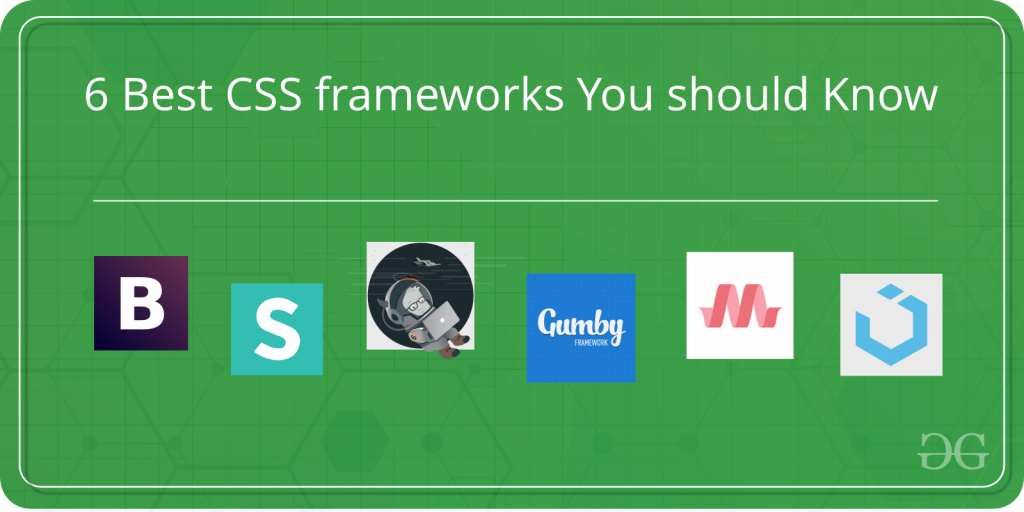0818 Work Insights
Your go-to source for the latest work trends, tips, and advice.
Frameworks that Make CSS Less Stress
Discover the ultimate frameworks that simplify CSS and relieve your styling stress—easy tips for developers at any level!
Top 5 CSS Frameworks to Simplify Your Web Design
When it comes to web design, utilizing a CSS framework can drastically simplify the process and enhance your workflow. The top 5 CSS frameworks that designers and developers often turn to are Bootstrap, Tailwind CSS, Foundation, Bulma, and Semantic UI. Each of these frameworks offers unique features that cater to different design needs. Bootstrap, for example, is popular for its responsive grid system and extensive component library, while Tailwind CSS emphasizes utility-first design, allowing for quicker customization without having to leave your HTML.
Choosing the right framework can depend on your specific project requirements. For those who prefer a mobile-first approach, Foundation is an excellent choice with its advanced responsive design capabilities. On the other hand, if you're looking for a straightforward and lightweight option, Bulma is a great CSS framework that is easy to pick up. Lastly, Semantic UI focuses on human-friendly HTML and enables developers to create beautifully responsive layouts without diving deep into CSS. Each of these frameworks will undoubtedly streamline your web design process and help you create stunning websites more efficiently.

How CSS Frameworks Can Reduce Development Stress
In today's fast-paced web development landscape, CSS frameworks play a crucial role in minimizing development stress. By providing a pre-defined set of styles and components, these frameworks streamline the design process, allowing developers to focus on functionality over aesthetics. Not only do they save time by eliminating the need to write repetitive CSS, but they also enhance consistency throughout the project. Popular frameworks like Bootstrap and Tailwind CSS come with a range of design components that can be easily customized, helping developers maintain uniformity across websites without the typical headaches associated with CSS.
Furthermore, CSS frameworks promote good coding practices through their structured methodologies. Developers quickly grasp the grid systems and responsive utilities integrated into these frameworks, empowering them to create responsive designs that function well on all devices. When using a framework, a developer spends less time debugging and more time innovating, significantly reducing overall stress. In the competitive world of web development, leveraging the power of CSS frameworks not only improves efficiency but also elevates the quality of the end product.
Why You Should Consider Using a CSS Framework for Your Next Project
When starting a new web development project, one of the key decisions you'll face is whether to use a CSS framework. CSS frameworks provide pre-designed styles and components, allowing developers to speed up the design process and maintain consistency across their projects. Not only do these frameworks come with built-in responsive design features, they also encourage best practices in CSS management, making it easier to keep your code organized. Popular choices such as Bootstrap and Tailwind CSS offer extensive documentation and community support, ensuring that you'll have the resources you need to implement them effectively.
Additionally, using a CSS framework can significantly improve the performance and functionality of your website. These frameworks often include optimization tools and cross-browser compatibility, which means you won’t have to spend excessive time troubleshooting layout issues across different platforms. Furthermore, many frameworks are equipped with utility classes and components that can streamline your workflow, allowing for rapid prototyping and iterative design. For more on the advantages of CSS frameworks, check out this Smashing Magazine article.